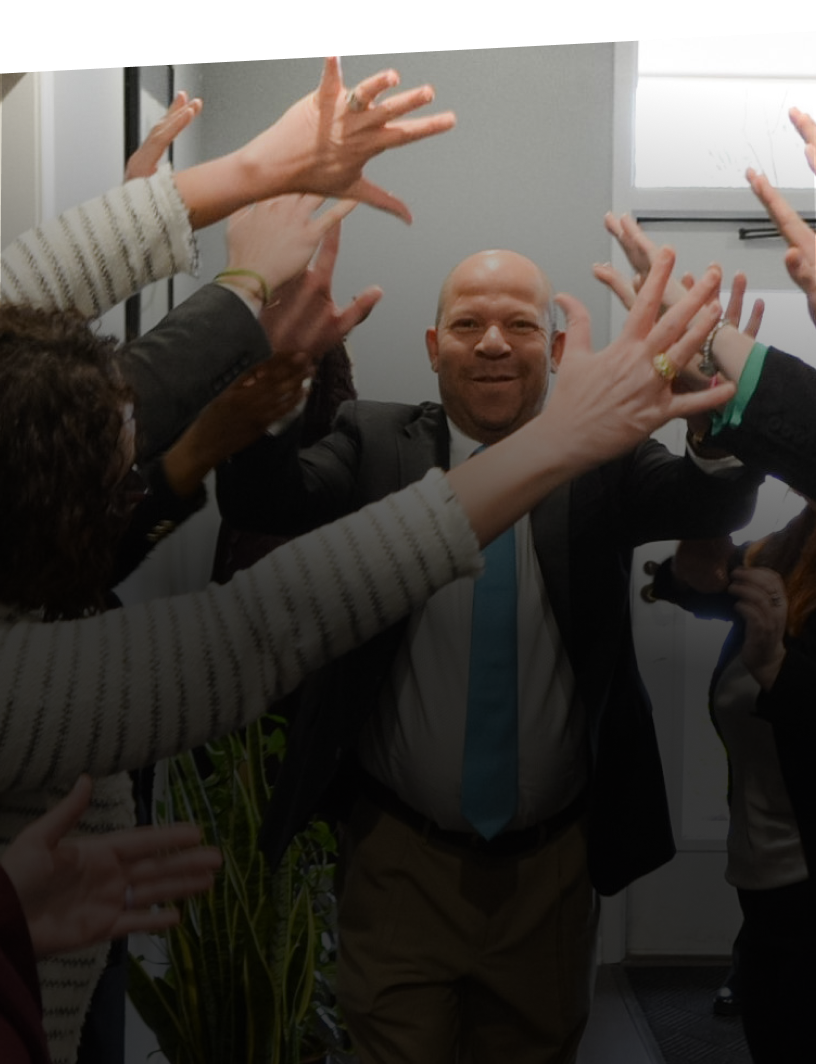
Fighting a sex abuse lawsuit to get the compensation you need for the suffering you have experienced is no easy task. You have suffered a serious physical and emotional experience, and it can be difficult to focus on the illegal aspect of your claim. That includes the process of gathering evidence.
Before you file your sex abuse lawsuit, gathering evidence is crucial. Evidence and sex abuse lawsuits can help prove the abuse in question happened. It can also help you get compensated fairly for your suffering.
If you have any questions about the evidence you need and how to gather it, a Okemos sexual abuse lawyer can help. We can guide you through this process and help you get compensated fairly. With our team on your side, you do not have to pursue compensation alone.
Burden of Proof in Sexual Abuse Cases
When you file a lawsuit against another person, the burden of proof is on you as the plaintiff. Because you were the one who filed the case, the court expects you to prove with some certainty that the other party caused your personal injury. The standard is called a preponderance of evidence.
Remember that this burden of proof is much lower than the standard for criminal cases. In those cases, the prosecutor must prove that the person on trial is guilty beyond a reasonable doubt. Because of this, evidence for criminal cases, if you press charges against the abuser, can help support your case even if the criminal case is not successful.
Even if the evidence used in the criminal case is insufficient to meet this standard of proof, it may help in a civil lawsuit. In civil litigation, you only have to prove that the other party injured you. You do not have to prove that they committed a criminal offense.
Your Fight Is Our Fight
Physical Evidence
Sexual abuse can leave many signs that the incident happened behind. While abusers typically try to hide their activities, you may have evidence that the at-fault party hurt you. For example, you may have physical evidence of any of the following:
- Ripped or damaged clothing
- Photographic evidence
- Physical or visible injuries
- Shoe prints
- Fingerprints
Any evidence can help prove the at-fault party was at the scene and that the sexual abuse happened. Acting now to gather this physical evidence is also key because physical evidence can be damaged or lost over time. If key evidence is destroyed this way, proving certain elements of your claim may be difficult.
Medical Records
When you have suffered from sexual abuse, one of the first steps you need to take is to seek medical attention. Sexual abuse can be a violent experience, and you may be injured. Even if you feel fine, you may suffer from internal injuries you are unaware of. Failing to seek care can worsen those injuries.
Acting as soon as possible to get medical aid following sexual abuse can also count as evidence. That evidence can be crucial to proving the at-fault party hurt you. Without it, you may struggle to get compensated.
The hospital will have a record of when you arrived and in what condition you arrived. That information can be crucial in court. Your lawyer can use this evidence to support your claim and prove you were injured.
We know how to get our clients the results they need in the toughest legal arenas.
DNA or Forensic Evidence
When trying to prove that the other party sexually abused you, gathering any evidence remaining at the scene can help support your case. In cases where you are not as certain who the abuser is, DNA evidence can help identify the at-fault party through forensic research. This evidence includes bodily fluids and fingerprints.
If you can find a DNA match to the potential culprit, that evidence can help your lawsuit succeed. Getting DNA or forensic evidence for a sexual abuse case may be part of your medical attention. For example, you may have a rape kit performed on you to gather any DNA left behind by your abuser.
While this can be a stressful, frightening experience, that evidence can help hold the abuser liable for your suffering. It can also help give you the closure you need. Talk to your lawyer about gathering this type of evidence.
You will always work directly with your attorney throughout your case.
Witness Testimony
In some cases, the sexual abuse you suffered may have been witnessed, or someone may have been aware of it. For example, someone may have caught your abuser in the act of abusing you. In other cases, they may have seen suspicious activity that alerted them to the fact that abuse might be happening.
Witness testimony can provide details from an outside observer that you may not have yourself. That evidence can support your claims against the at-fault party. Having reports that match yours strengthens the validity of your claims.
In cases of child sex abuse, witness testimony may also include mandated reporters. These mandated reporters are legally obligated to report any signs of sexual abuse which can be used to support your claim. If they fail to report sexual abuse that they are suspicious of or aware of, they may face serious criminal penalties.
Talk to an Attorney for Aid Gathering Evidence
As you gather evidence for your sexual abuse lawsuit, you must also think about how that evidence will be used. Building a strong argument in the courtroom is vital to the process of getting compensated fairly. Without a powerful argument that ties together your evidence, you may have difficulties getting the results you want for your sexual abuse lawsuit.
When preparing for your lawsuit, gathering evidence may be one of the first steps you need to take. Evidence in sex abuse lawsuits is key to identifying the at-fault party, preparing for court, and proving you are due the compensation you are asking for. Without evidence, your claim may be dismissed.
Fortunately, the team at White Law PLLC is ready to fight for you. We can help you gather evidence to prove you suffered and aren’t due compensation. If you are ready to speak with an attorney about your case, use our free consultations by calling or filling out our online contact form.
We’re Experienced. We Care.
We Exceed Client Expectations.
